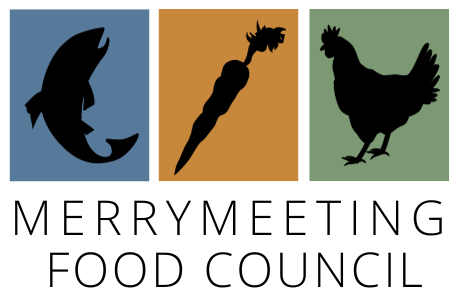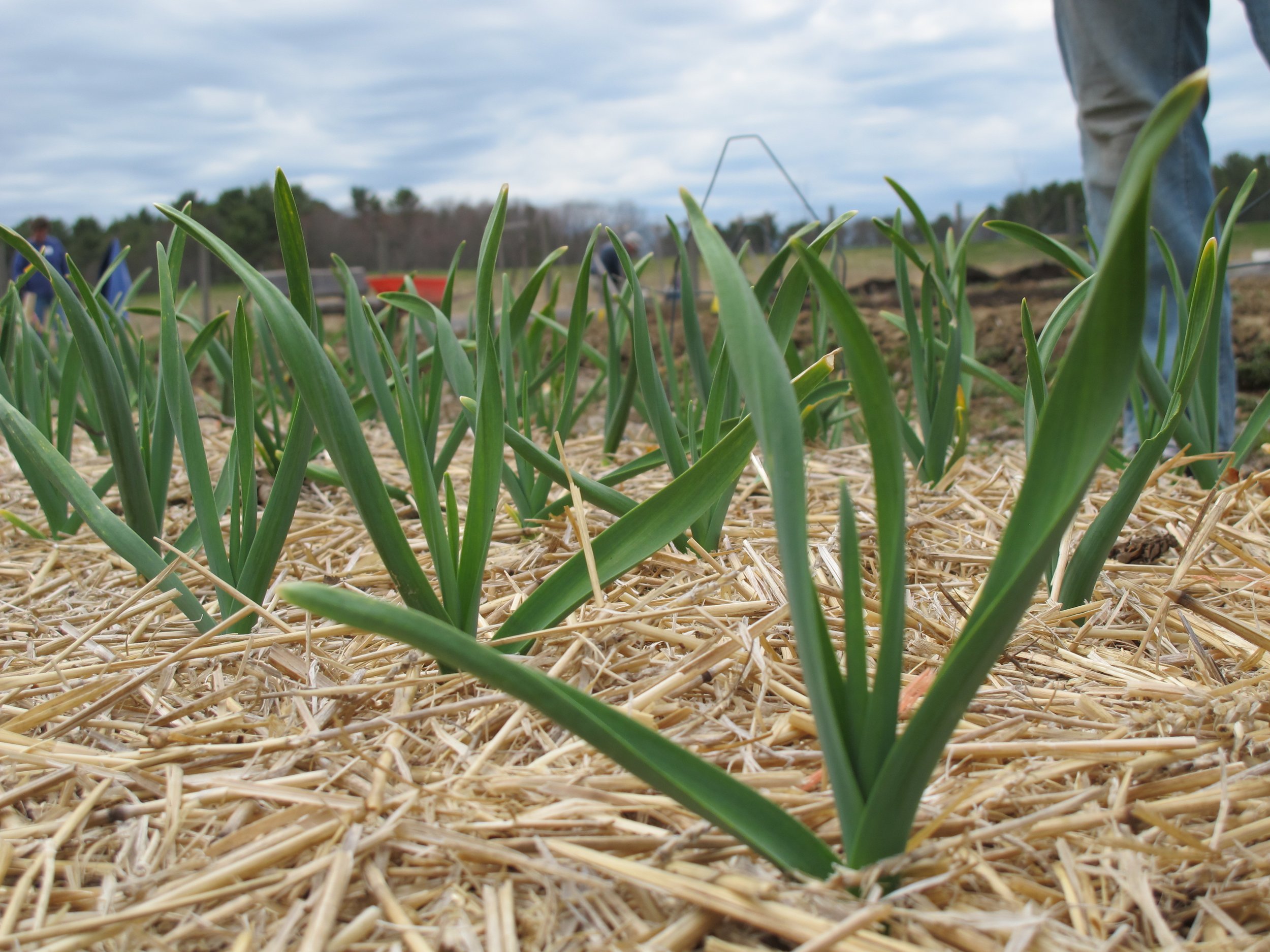Below is a list of resources for you to learn more about PFAS, support legislation, and continue to support your local food system. There is a lot to learn, and we understand the reasons for concern and recognize there’s still a lot we don’t know. Together we can focus on what we can do like sharing resources, taking actions both big and small, and continuing to support our local farms and food suppliers!
BACKGROUND INFO
“PFAS compounds have been used in numerous consumer products since the 1950s and traces of these compounds have become ubiquitous in the environment. Because of their chemical structure, these compounds do not readily break down in the environment; consequently, levels accumulate over time in environmental media such as soil and water, and in animals including humans. According to the National Institute of Environmental Health Sciences (NIEHS), there are more than 4,700 PFAS compounds in existence, and the number is still growing as industry invents new forms within this chemical class. Scotchguard™ (by 3M) and Teflon™ (by Dupont) are examples of product coatings that contain two of the most common PFAS compounds – PFOA and PFOS.”
“We are all exposed to PFAS from a variety of sources in everyday life – stain-resistant carpeting, nonstick cookware, grease- and water-proof food packaging, fabric softeners, waterproof clothing, cosmetics, and many other products contain this class of chemicals. When we wash dishes, clothing, and attend to our own hygiene, all of that wastewater goes either to a septic system or a public wastewater treatment facility. Industrial factories such as paper mills that use PFAS and other facilities may also contribute their wastewater to public treatment facilities or generate sludge at their own wastewater treatment plants.”
Read more Background Information
TAKE ACTION
We can all take steps to reduce our daily exposure levels in the choices we make as consumers about cookware, clothing, etc. We still know very little about the extent and rates of contamination on farm fields in Maine.
We can also take action through advocacy: Here is a link to MOFGA's Take Action page - see LD1911 and LD 1875 and the links under each for how to engage your legislators on this issue. Also see this article and the links within for information about a bill that would help with relief for farmers LD 2013.
Continue to support local food
RESOURCES FOR FARMERS
Guide to Investigating PFAS Risk on Your Farm - This is a new resource page developed in partnership with individuals and organizations working through the Farmer & Rancher Stress Assistance Network (FRSAN) and recently posted by UMaine Extension. This guide is a living document that will be updated regularly.
If you are a farmer impacted by PFAS, we encourage you to contact Farm Aid through their farmer hotline (1-800-327-6243) to utilize their extensive farmer resource network, but also to help elevate this issue. This hotline is answered Monday through Friday, 9 a.m. to 10 p.m. You can also get in touch with their hotline team through their online request for assistance.
MOFGA hosted a webinar earlier this month regarding PFAS in agriculture. You can view the webinar and many more resources MOFGA has developed about PFAS here.
A general PFAS FAQ for farmers is available in English and Spanish and we will continue to update our PFAS Farmer Information and Support page with resources as they become available. Contact Organic Crops Specialist Caleb Goossen or submit your questions anonymously here if you prefer and we'll answer them in this newsletter.
PFAS EMERGENCY RELIEF FUND
Launched by MOFGA and Maine Farmland Trust
MOFGA and Maine Farmland Trust (MFT) are jointly administering a PFAS emergency relief fund to support any farm dealing with potential PFAS contamination.
This fund is meant to serve as a safety net, providing interim support from initial PFAS testing to when farms can access DACF's longer-term PFAS support programs. Income Replacement Grants are now available to eligible farms; funding to help cover the cost of testing and mental health services will be available soon. Learn how to enroll.
The fund has three primary purposes:
To provide short-term income replacement for farms that the Department of Agriculture, Conservation and Forestry (DACF) has identified as having high test results.
To help pay for initial PFAS testing on farms that choose to do their own testing.
To support access to mental health services for impacted farmers

